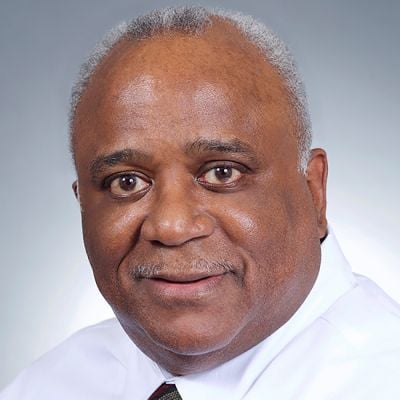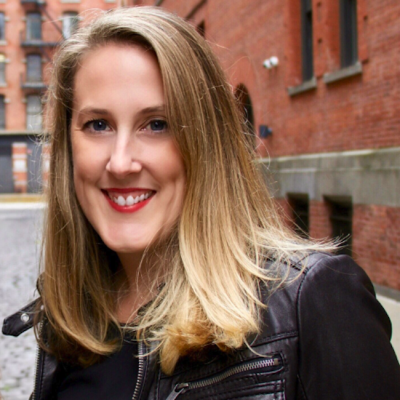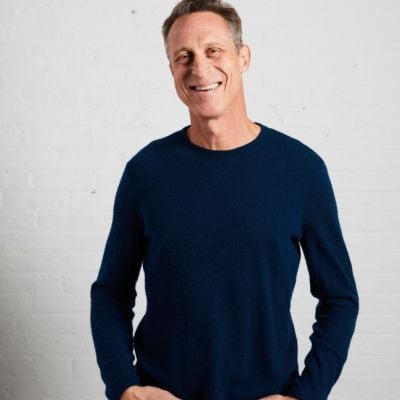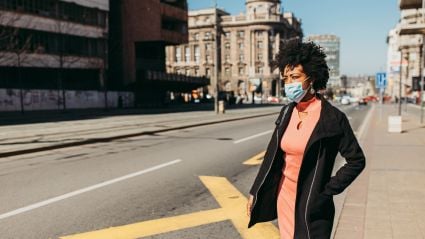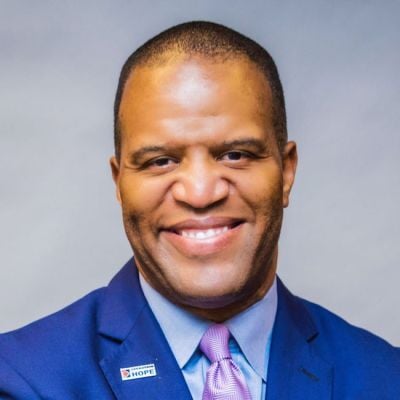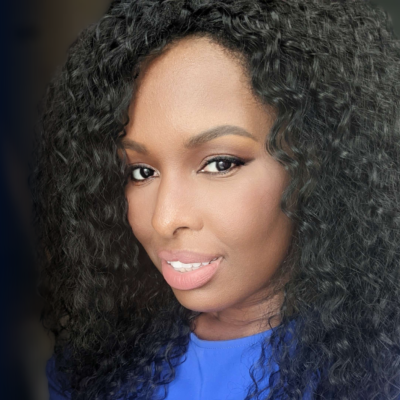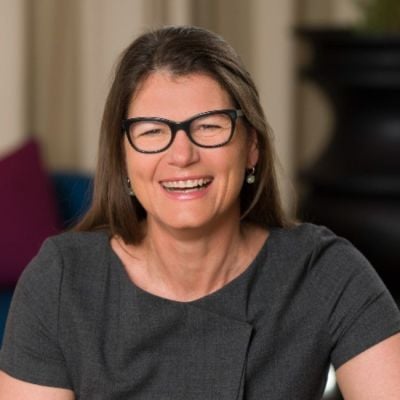The COVID-19 virus has undoubtedly altered how we live our lives, from the nature of our relationships to our views of who we are as individuals, communities, a nation, and members of a global community. Its impact is widely reported, with escalating mortality and morbidity rates, strained public finances, and fractious ideology and politics. Yet its impact on older adults, those with disabilities, and communities of color has yet to be fully integrated into the public narrative.
As we assess the profound effects on these populations, the hope is that in time, the nation will be prepared for demographic change, as the numbers of older persons and those with disabilities double and today’s ethnic and racial groups comprise a majority of the US population. To that end, the crucibles affecting us today can serve as both the “canary in the mine shaft” for the fate that awaits us and a wake-up call for reinvesting in these emerging populations and redressing the disparities that have put many in these groups at risk during this pandemic.
The nature of the crisis is well documented: the stories of nursing home patients dying in abject loneliness, the disproportionate rates of infections among Latinos and Blacks, the strains on a long-underfunded public health system, the social isolation forced on elders and persons with disabilities, and the heightened risk facing essential workers, most of whom are economically vulnerable. The good news is that the public at large, particularly its influentials (media, voters, opinion writers, taxpayers, the affluent), can now see vividly the crisis that affects us all.
It’s far better that we face today’s crisis while we have time to prepare than to wait until that fateful time when we look back 30 years from now and ask: Did we act on the behalf of 2020’s disadvantaged groups?
On top of that, we now face a prolonged economic recession, stifling fiscal deficits, debt loads on public finances, and the loss of whatever prestige the US still maintains in world affairs. The tragic death of George Floyd may have been the last straw that leads us to move toward meaningful social justice.
Ageism and ableism have reared their heads in this pandemic, and that reminds us that work remains before we truly value those who are older and/or disabled. Maggie Kuhn, the legendary founder of the Gray Panthers in the 1970s, made it her mission to combat ageism and sexism and bring respect to older women, and that struggle continues today. We now seek our version of Maggie Kuhn to deal with latent “isms.”
In the midst of the COVID-19 surge, with fears that hospitals would be overwhelmed, many states proposed a form of “rationing”: Reserve scarce medical resources for younger folks, patients with assumed longer life expectancies, and those without preexisting medical conditions. In California, the Governor’s Master Plan on Aging, Stakeholder Advisory Group, of which I am a member, pushed back these public health proposals and succeeded in eliminating age and disability criteria from California’s “crisis care standards.”
Yet, what does it say that these concepts even reached a seriousness of effort or that other states have utilized similar measures? What does it mean to each of us, if we hope to live a good, long life, that if a future crisis arises, we too may be denied medical care due to our age and disability? And when ethnic minorities become the majority, how might the social determinants of health (inadequate health-care coverage, unsafe and crowded housing, poverty, underlying chronic conditions) further jeopardize their ability to grow older and maintain a quality of old age?
The hope in facing these stark realities amplified by the pandemic is that as a society, we can begin to reimagine a more just, equitable, and compassionate nation. These are not platitudes and aspirations but rather a call to action at a time when no one is immune to the social impacts of the pandemic: the upsurge of ageism and ableism; the heavy price that immigrants, ethnic groups, and minorities have paid; and the economic fallout that impacts even the comfortable.
As a gerontologist, I’ve taken great pleasure in focusing on the upside of aging and preparing for an aging society by extolling the virtues and beauty of growing old while looking young, identifying the best places to live, promoting purposeful aging and lifelong learning, and seeking out business opportunities within the aging consumer market. However, the social movements confronting social and economic disparities not seen since the 1930s now compel us to act.
We have the chance to seize this window of opportunity to fix what ails the nation. It won’t be easy, and it will take many years and require enlightened public leadership.
But 2050—when the older population doubles and diverse populations become the majority—is just 30 years away. It’s far better that we face today’s crisis while we have time to prepare than to wait until that fateful time when we look back 30 years from now and ask: Did we act on the behalf of 2020’s disadvantaged groups?



